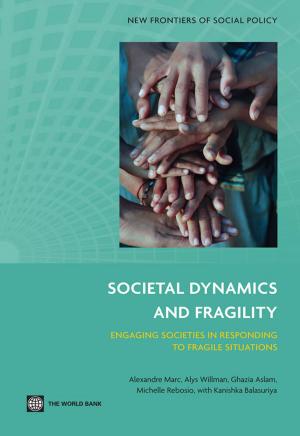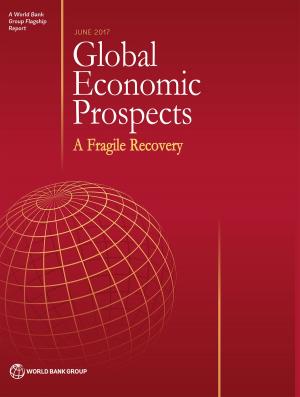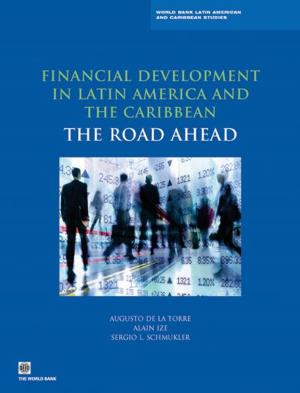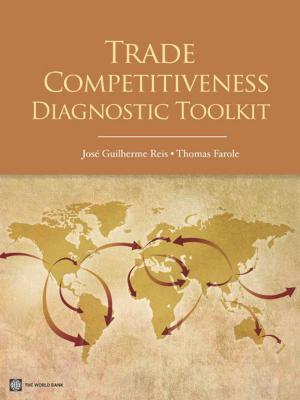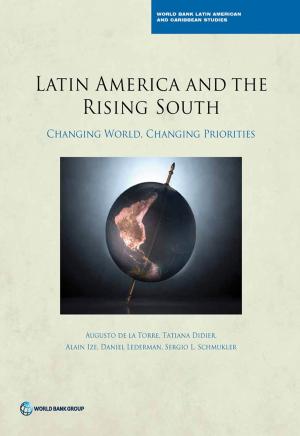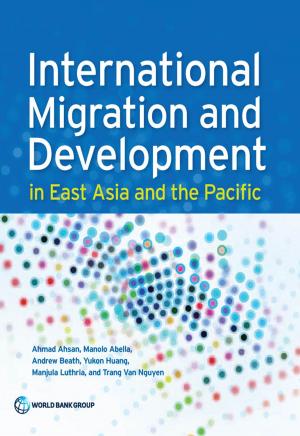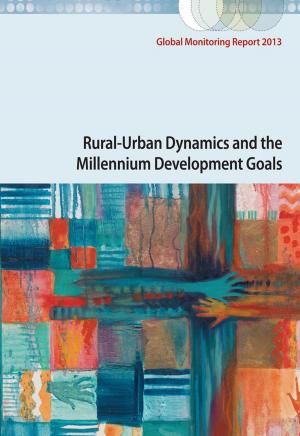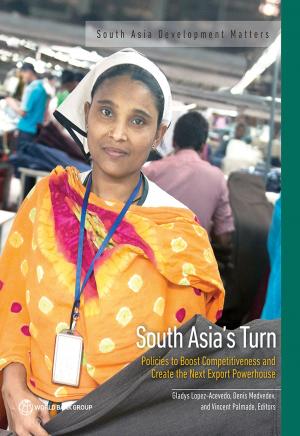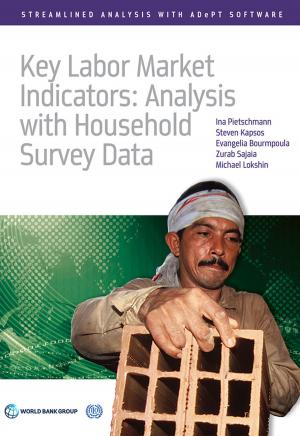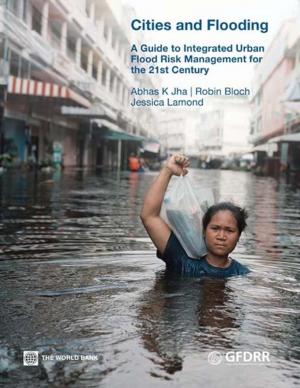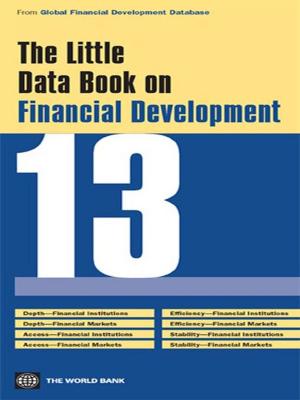Growing Smarter
Learning and Equitable Development in East Asia and Pacific
Business & Finance, Economics, Economic Development, Nonfiction, Reference & Language, Education & Teaching, Educational Theory, Educational Reform| Author: | World Bank | ISBN: | 9781464812699 |
| Publisher: | World Bank Publications | Publication: | April 13, 2018 |
| Imprint: | World Bank Publications | Language: | English |
| Author: | World Bank |
| ISBN: | 9781464812699 |
| Publisher: | World Bank Publications |
| Publication: | April 13, 2018 |
| Imprint: | World Bank Publications |
| Language: | English |
One-quarter of the world’s school-age children live in East Asia and Pacific. During the past 50 years, some economies in the region have successfully transformed themselves by investing in the continuous upgrading of the knowledge, skills, and abilities of their workforce. Through policy foresight, they have produced graduates with new levels of knowledge and skills almost as fast as industries have increased their demand for skilled workers. Yet the success of these high-performing systems has not been replicated throughout the region. Tens of millions of students are in school but not learning, and as many as 60 percent of students remain in school systems that are struggling to escape from the global learning crisis or in systems where performance is likely poor. Many students in these systems fail to reach basic levels of proficiency in key subjects and are greatly disadvantaged because of it. Growing Smarter: Learning and Equitable Development in East Asia and Pacific focuses on the experiences of economies in the region that have been able to expand schooling and learning and showcases those that have managed to pursue successful education reforms at scale. By examining these experiences, the report provides both diagnoses and detailed recommendations for improvement not only for education systems within East Asia and Pacific but also for countries across the globe. In East Asia and Pacific, the impressive record of success in education in some low- and middle-income countries is proof of concept that schooling in resource-constrained contexts can lead to learning for all. This report identifies the policies and practices necessary to ensure that students learn and suggests how countries can improve learning outcomes.
One-quarter of the world’s school-age children live in East Asia and Pacific. During the past 50 years, some economies in the region have successfully transformed themselves by investing in the continuous upgrading of the knowledge, skills, and abilities of their workforce. Through policy foresight, they have produced graduates with new levels of knowledge and skills almost as fast as industries have increased their demand for skilled workers. Yet the success of these high-performing systems has not been replicated throughout the region. Tens of millions of students are in school but not learning, and as many as 60 percent of students remain in school systems that are struggling to escape from the global learning crisis or in systems where performance is likely poor. Many students in these systems fail to reach basic levels of proficiency in key subjects and are greatly disadvantaged because of it. Growing Smarter: Learning and Equitable Development in East Asia and Pacific focuses on the experiences of economies in the region that have been able to expand schooling and learning and showcases those that have managed to pursue successful education reforms at scale. By examining these experiences, the report provides both diagnoses and detailed recommendations for improvement not only for education systems within East Asia and Pacific but also for countries across the globe. In East Asia and Pacific, the impressive record of success in education in some low- and middle-income countries is proof of concept that schooling in resource-constrained contexts can lead to learning for all. This report identifies the policies and practices necessary to ensure that students learn and suggests how countries can improve learning outcomes.

